Match the column A with column B.
Column AColumn B(i) Sodium chlorideCovalent bond(ii) Ammonium ionTonic bond(iii) Carbon tetrachlorideCovalent and Coordinate bond
To solve the problem of matching Column A with Column B, we will analyze each compound in Column A and determine the type of bond it corresponds to in Column B.
1. Identify the first compound: Sodium chloride (NaCl)
- Sodium chloride is formed when sodium (Na) donates one electron to chlorine (Cl). Sodium becomes a cation (Na⁺) and chlorine becomes an anion (Cl⁻). The electrostatic attraction between these oppositely charged ions forms an ionic bond.
- Match: Sodium chloride → Ionic bond
2. Identify the second compound: Ammonium ion (NH₄⁺)
- The ammonium ion is formed when nitrogen (N) shares a pair of electrons with hydrogen (H) ions. In this case, nitrogen donates both electrons to form a bond with hydrogen, which is a special case of covalent bonding known as a coordinate bond.
- Match: Ammonium ion → Coordinate bond
3. Identify the third compound: Carbon tetrachloride (CCl₄)
- In carbon tetrachloride, carbon (C) shares its four valence electrons with four chlorine (Cl) atoms. This sharing of electrons between nonmetals results in a covalent bond.
- Match: Carbon tetrachloride → Covalent bond
Final Matches:
- (i) Sodium chloride → Ionic bond
- (ii) Ammonium ion → Coordinate bond
- (iii) Carbon tetrachloride → Covalent bond
Summary of Matches:
- (i) Sodium chloride → Ionic bond
- (ii) Ammonium ion → Coordinate bond
- (iii) Carbon tetrachloride → Covalent bond
- Sodium chloride is formed when sodium (Na) donates one electron to chlorine (Cl). Sodium becomes a cation (Na⁺) and chlorine becomes an anion (Cl⁻). The electrostatic attraction between these oppositely charged ions forms an ionic bond.
- Match: Sodium chloride → Ionic bond
- The ammonium ion is formed when nitrogen (N) shares a pair of electrons with hydrogen (H) ions. In this case, nitrogen donates both electrons to form a bond with hydrogen, which is a special case of covalent bonding known as a coordinate bond.
- Match: Ammonium ion → Coordinate bond
- In carbon tetrachloride, carbon (C) shares its four valence electrons with four chlorine (Cl) atoms. This sharing of electrons between nonmetals results in a covalent bond.
- Match: Carbon tetrachloride → Covalent bond
- (i) Sodium chloride → Ionic bond
- (ii) Ammonium ion → Coordinate bond
- (iii) Carbon tetrachloride → Covalent bond
- (i) Sodium chloride → Ionic bond
- (ii) Ammonium ion → Coordinate bond
- (iii) Carbon tetrachloride → Covalent bond
Topper's Solved these Questions
- CHEMICAL BONDING BOOK - ICSECHAPTER - CHEMICAL BONDING EXERCISE - Questions from Previous ICSE Board Papers (2011)
4 Videos
- CHEMICAL BONDING BOOK - ICSECHAPTER - CHEMICAL BONDING EXERCISE - Questions from Previous ICSE Board Papers (2012)
1 Videos
- CHEMICAL BONDING BOOK - ICSECHAPTER - CHEMICAL BONDING EXERCISE - Questions from Previous ICSE Board Papers (2009)
3 Videos
- ANALYTICAL CHEMISTRY-USE OF AMMONIUM & SODIUM HYDROXIDEBOOK - ICSECHAPTER - ANALYTICAL CHEMISTRY-USE OF AMMONIUM & SODIUM HYDROXIDEEXERCISE - Additional Questions
6 Videos
- CHEMISTRY 2011BOOK - ICSECHAPTER - CHEMISTRY 2011EXERCISE - SECTION-II
48 Videos
Similar Questions
Match the column I with column II.
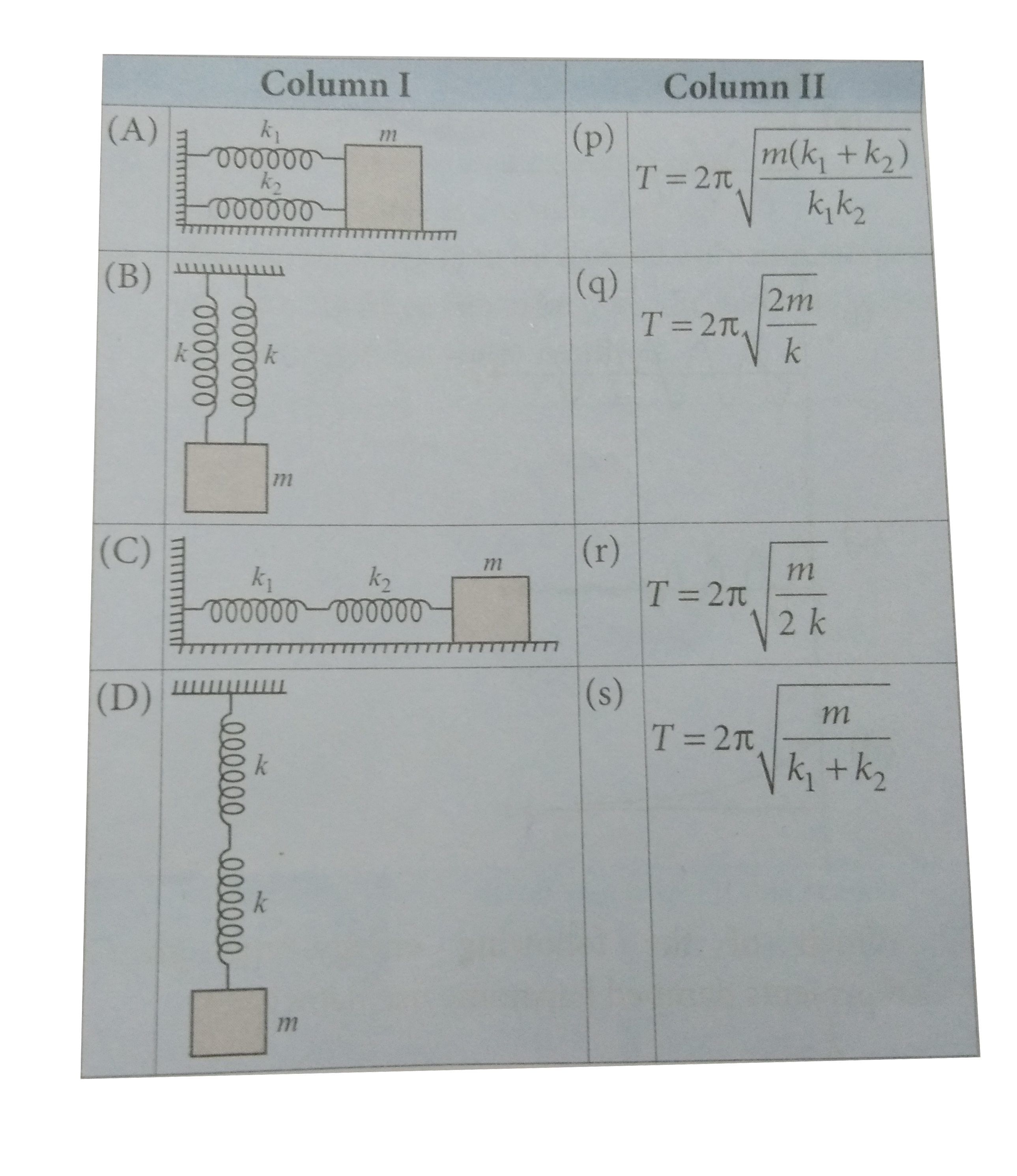
View SolutionMatch the column I with column II
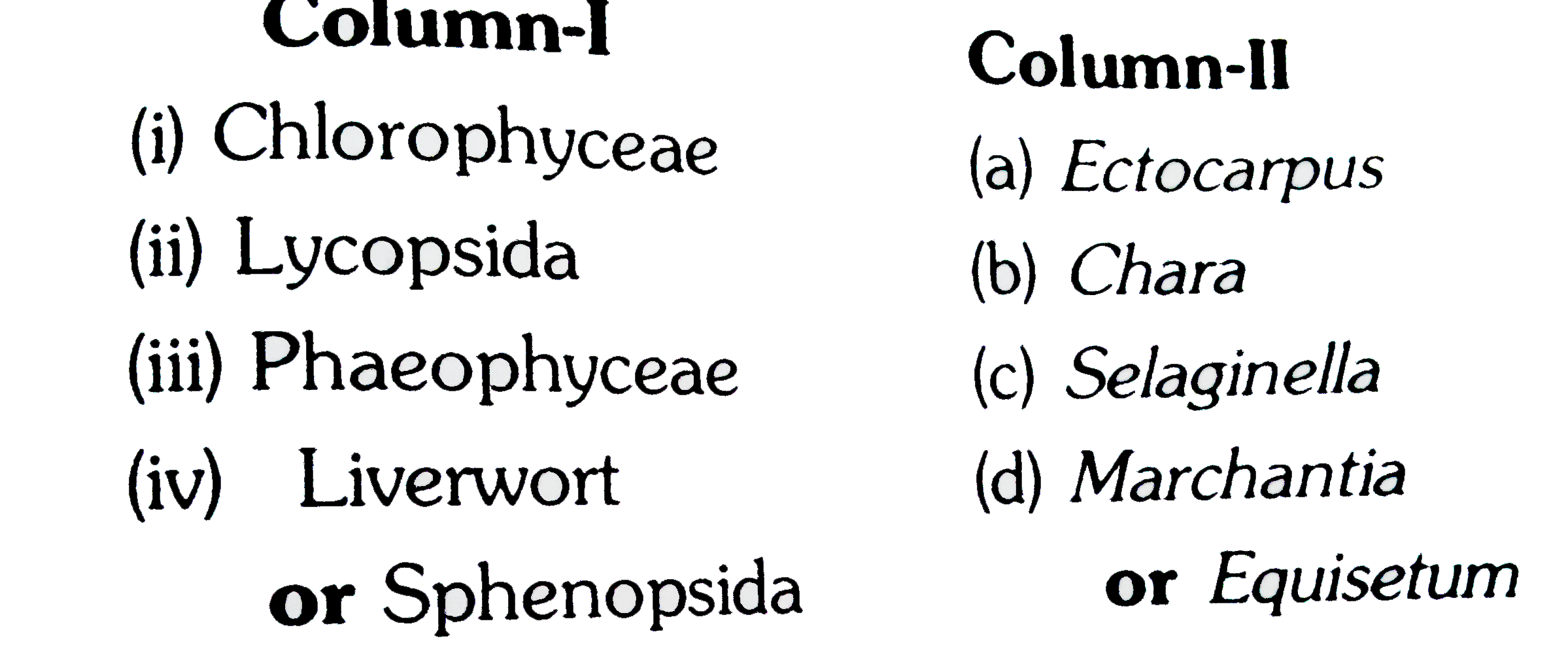
View SolutionState: Three merits of tissue culture in Plant propagation.
View SolutionMatch the column I with column II
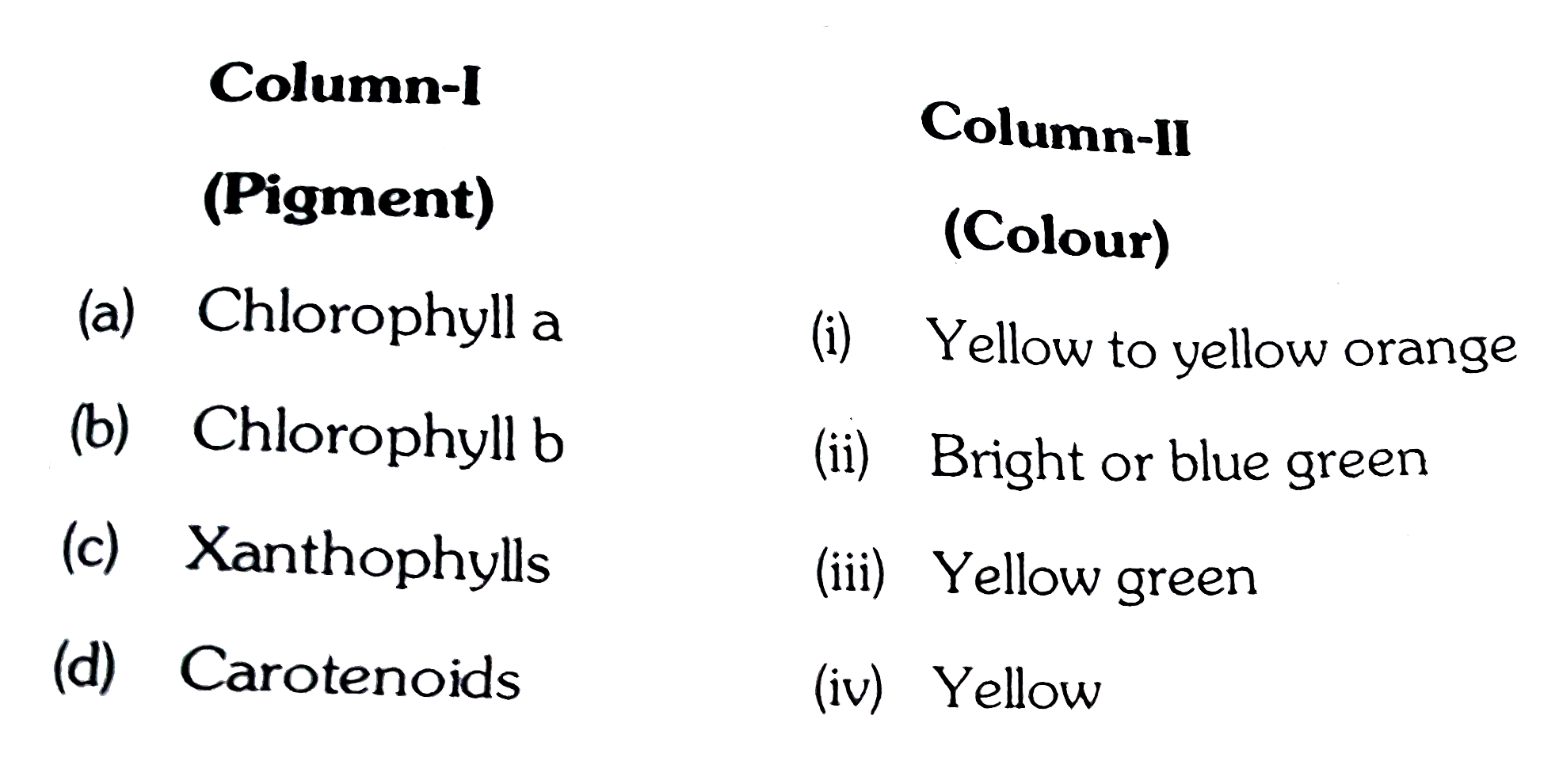
View SolutionMatch the column I with column II.
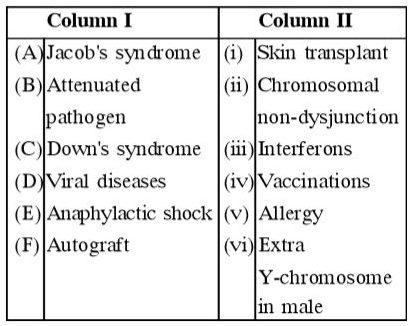
View SolutionMatch the column I with column II.

View SolutionMatch the column I with column II
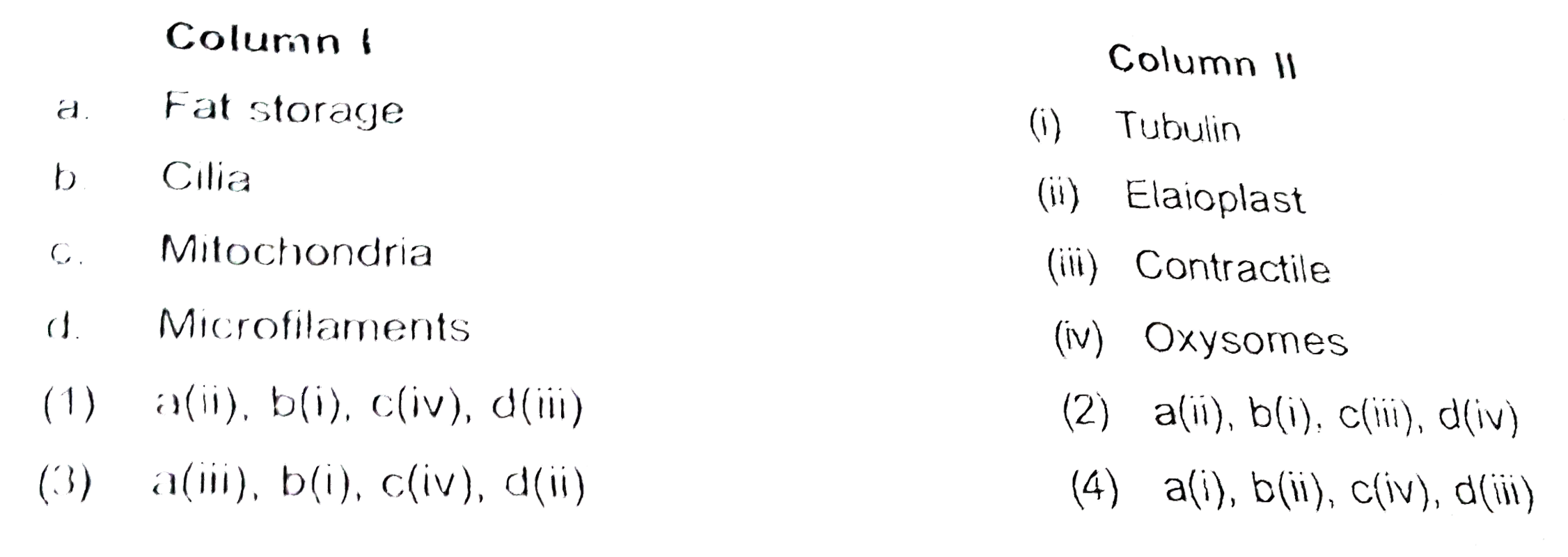
View SolutionMatch the column I with column II

View SolutionMatch the column I with column II
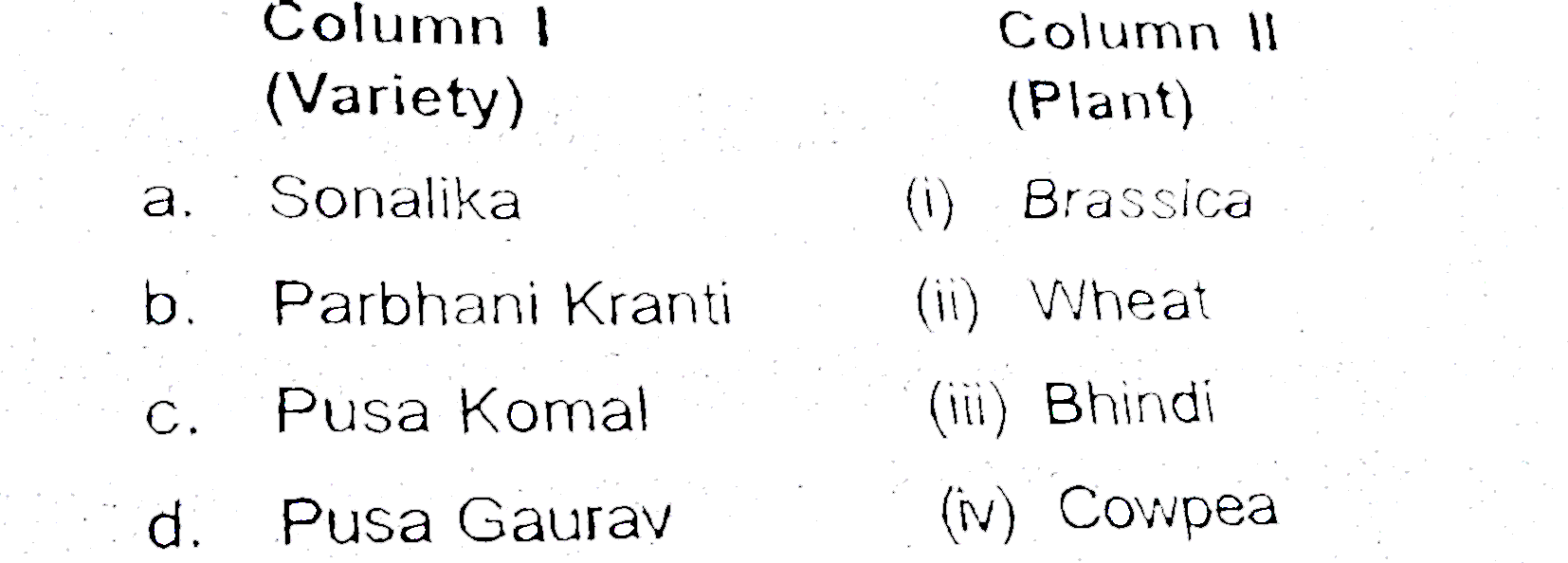
View SolutionMatch the column I with column II
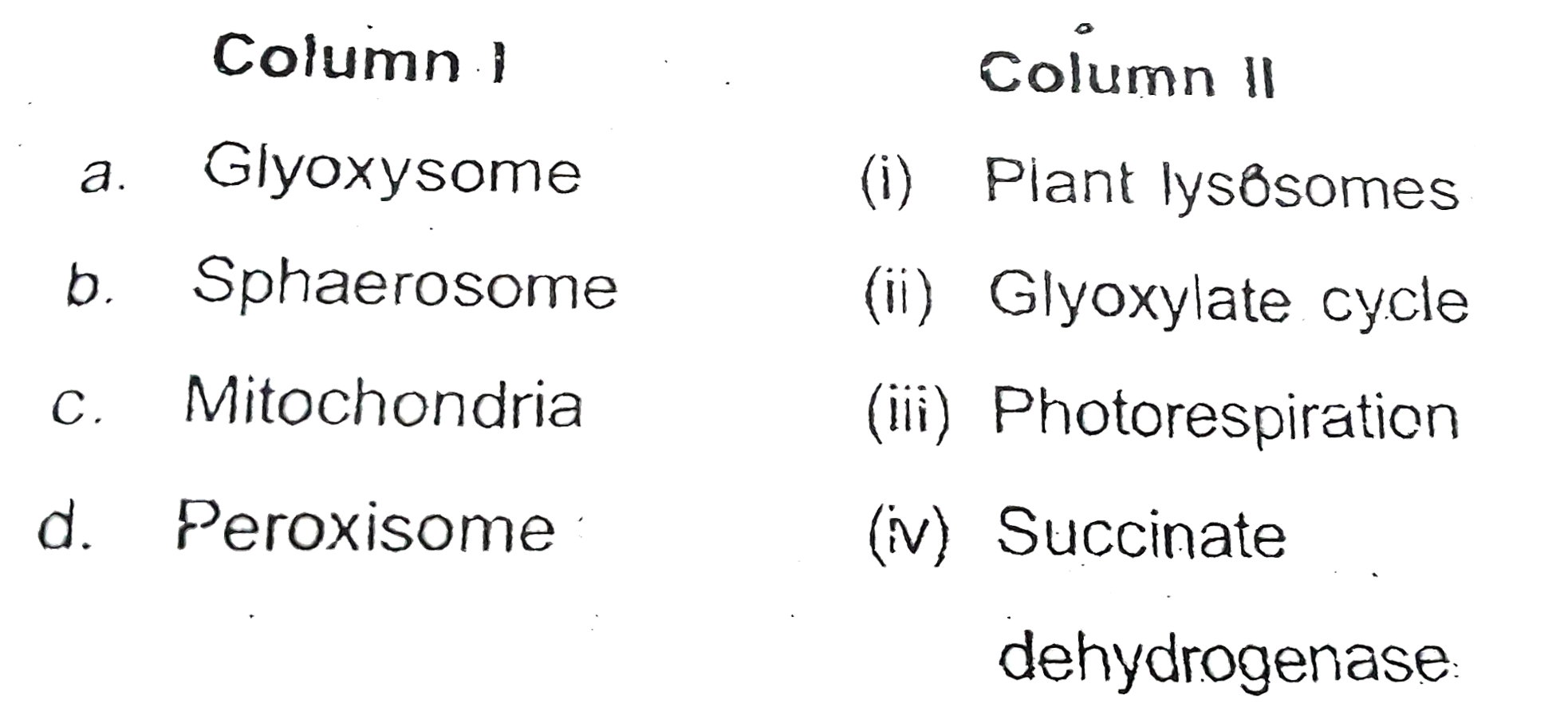
View Solution
